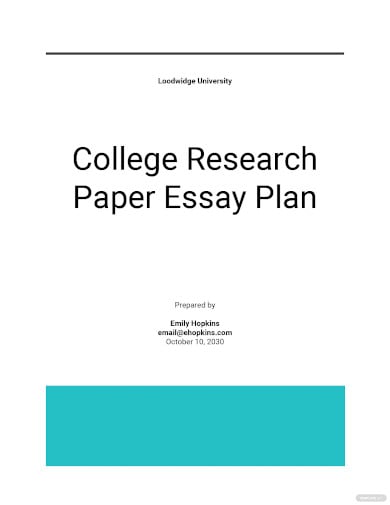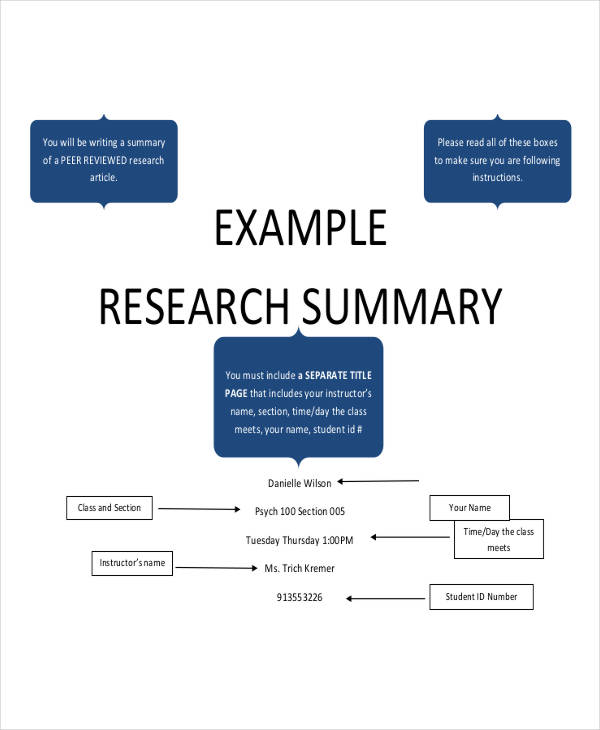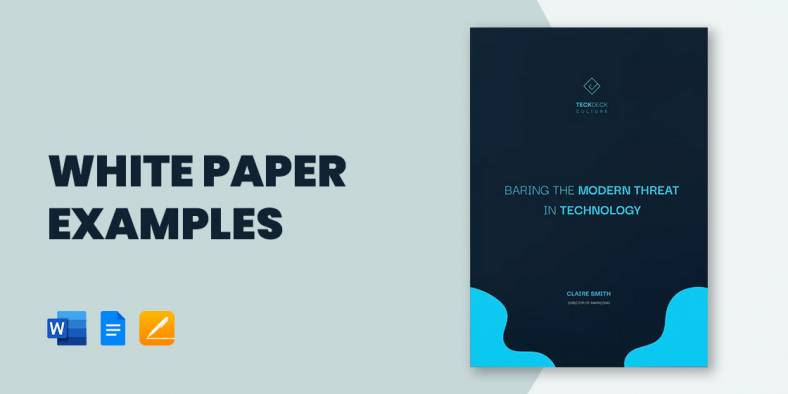
14+ Paper House Templates – PDF, DOC
A paper house is a three-dimensional house model created from paper using folding, cutting, and assembly techniques. It is commonly…
Nov 27, 2024
Research papers are essential tools in academic and professional settings, enabling scholars to share discoveries, insights, and innovations. They foster collaboration, contribute to global knowledge, and promote evidence-based decision-making. Writing a compelling research paper requires clarity, precision, and relevance to the field. This introduction sets the foundation for your exploration, providing key context and a preview of the research focus, ensuring readers grasp the importance of the study.























 uh.edu
uh.edu friedenswels.org
friedenswels.org thewritesource.com
thewritesource.com cte.cornell.edu
cte.cornell.edu psbehrend.psu.edu
psbehrend.psu.edu readwritethink.org
readwritethink.org ecourse.uoi.gr
ecourse.uoi.gr umanitoba.ca
umanitoba.ca usb.ac.za
usb.ac.za lcus.edu
lcus.edu sps.org
sps.org bankofengland.co.uk
bankofengland.co.uk fortbendisd.com
fortbendisd.com international.humber.ca
international.humber.ca msubillings.edu
msubillings.eduAt the above templates, you can see more concentrated ones in hospital medicine and doctoral dissertations. These templates provide you the necessary sheet information on the basics of creating your research paper to what is a sophisticated and more nuanced subject. With the ease and clarity of the instructions given, they will be of great educational aid to your way to obtaining a doctorate in philosophy or medicine.
Moreover, and in line with the subject matter’s methodology, we also offer some drafting paper templates. These are easily downloadable for free in PDF and DOC format. These templates will be useful to students or professionals in technical fields like engineering, architecture, and other related fields. You can also see more templates like research paper letters in word, pdf, google docs and apple pages in our official website template.net.

A research paper is a detailed academic document that presents an argument, analysis, or interpretation based on independent research. It serves as a way to contribute to a body of knowledge on a subject, providing evidence and citations to support claims.
Key Purposes of a Research Paper

In conclusion, research papers play a vital role in advancing knowledge and fostering innovation. By presenting evidence-based findings, they bridge academic and practical gaps. Effective research papers provide clarity and relevance, empowering readers to explore, analyze, and apply insights, ultimately driving progress in various fields of study.
A standard research paper has key sections: title, abstract, introduction, methodology, results, discussion, and references. Each section serves a distinct purpose. The abstract summarizes the study, while the introduction explains the research question. The methodology describes procedures, and results present findings. References cite the sources used.
The choice of citation style depends on your field of study. APA is common in social sciences, while MLA is used for humanities. Chicago/Turabian is versatile and suits various disciplines. Consult your instructor or institution’s guidelines for specifics. Always ensure consistency in citations throughout your paper.
A literature review involves summarizing and evaluating existing research relevant to your topic. Start by searching academic databases like PubMed or Google Scholar. Identify key studies, theories, and gaps in the literature. Critically analyze each source for reliability and relevance. Finally, synthesize the findings to provide a strong foundation for your research.
Begin your introduction with a compelling hook to engage readers. Provide context by explaining the significance of your research topic. Clearly state your research question or hypothesis. Outline the paper’s objectives and preview its structure. Keep the tone formal, concise, and focused on the research problem.
To ensure validity, design your study to measure what it intends to. Use accurate instruments and methodologies relevant to your field. For reliability, repeat experiments under similar conditions and achieve consistent results. Peer reviews and pilot studies can enhance both. Document procedures transparently to allow reproducibility.

A paper house is a three-dimensional house model created from paper using folding, cutting, and assembly techniques. It is commonly…

If you are enthusiastic about cooking and want to see your recipes in a cookbook to gift it to someone…

Lined paper templates are a piece of heaven for most artists, formal writers, and creative designers. It is not difficult…

A paper cube is a three-dimensional cube made by folding and assembling paper according to a specific layout or net.…

Individuals and businesses usually gather data for the important creation of facts and business strategies. The most widely used tool…

The most resourceful of students will think twice before heading out to their nearest stationery store for another pad of…

White papers are the type of write-ups that can make an effective research paper. Just like any other intensive and…

Kids in kindergarten, elementary, and preschool use lined white paper templates to help them write their first letters and master…

Is white paper formatting new to you? Perhaps you could be currently looking for the best white paper templates that…